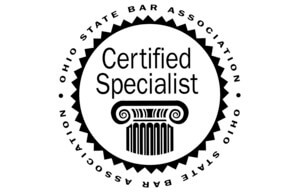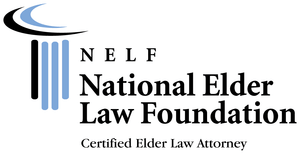Aid and Attendance Benefits
/Tom was referred to a financial advisor by a social worker at the nursing facility where his Father, Joseph, was receiving rehabilitation after a fall. The advisor met with Tom and discussed a pension benefit his Father might be able to receive through the Department of Veteran Affairs. The advisor indicated that, because Joseph had $120,000 in savings, this was too much money to currently receive the Aid and Attendance benefit. Tom was advised that he should transfer $30,000 into each of three separate annuities, each owned by one of Joe’s three children. It was further advised that the house be quit claimed to the children as well. The advisor stated that he would assist in filling out the VA forms, and that he would not charge a fee for his service. However, Tom felt the advisor was not willing or able to answer his questions. Tom contacted the local Area Agency on Aging and through them obtained our number.
We met with Tom and discussed Joe’s short-term and long-term care needs. Tom informed us that Joe had fallen on several occasions and was not likely to be able to remain at home for much longer because of his balance issues as well as the onset of dementia. Tom was concerned that his Father would run out of money and that he and his siblings would not adequately be able to support him in an assisted living facility. A meeting was scheduled at the nursing home and we met with Joe. Joe indicated that, even if he had to go to an assisted living facility rather than home, it was important to him that the house not be sold immediately. He wanted to have independence to choose his care as much as possible, and he was worried that he would not be able to leave any of his savings that he and his (now deceased) wife had worked a lifetime putting together to their children and grandchildren.
Tom and Joe were advised regarding the benefits and detriments of the plan set forth by the financial advisor. First, it was determined that the financial advisor was not an agent accredited by the Department of Veteran Affairs to discuss VA benefits and, therefore, he was committing a federal crime by advising them, even though he was not charging a fee. It was learned that he would, however, earn over $10,000 in commission for the sale of the annuities. While it was said that the money in the annuities would be held for Joe in the even he needed it, we explained that the annuities carried a substantial withdrawal penalty for fifteen years. Further, because all of the children were under age 59-1/2, an additional 10% penalty would be assessed by the IRS for any withdrawal. Among the drawbacks of transferring the home to the children outright would be the following: the home would be subject to the creditor’s of the children; the home would be owned not just be the children but by the children’s spouses; when the home was sold in the future, tax would be owed on the sale of the property, up to as much as 40% of the value of the home. Additionally, if Joe required extended nursing home care in the next five years, he would be deemed ineligible for Medicaid. Tom acknowledged that none of these issues had been discussed. Tom and Joe did indicate a desire to obtain the Aid and Attendance benefit in order to extend his resources.
A plan was developed whereby Joe would be entitled to receive the Aid and Attendance benefit, but at the same time ensure ready access to his funds should he request it or should a portion be required by reason of Medicaid in the next five years, all while eliminating any adverse tax consequences. Under the plan, Joe is to sign a special trust and transfer a portion of his cash assets into his trust. The assets in the trust will be exempt from the claims of creditors or divorces of the children. There will be a management structure in place so that there will always be a designated person to have access to the funds, even if a child passed away or became incapacitated. If Joe does return home for a period of time, he could choose to access the equity in his home through a reverse mortgage and place those funds into the trust. Alternatively, he could choose to quit claim the property directly to his trust, without losing any tax exemptions or benefits upon later sale.
Joe executed the plan, and he and Tom were then connected by our office with a Veteran Service Officer to process an application for benefits. The Aid and Attendance benefits were approved, and Joe now receives an additional $1,644 each month in support. He further has the peace of mind of knowing that he will be able to remain at the assisted living facility for many years, and that he will be able to leave a legacy to his family.





